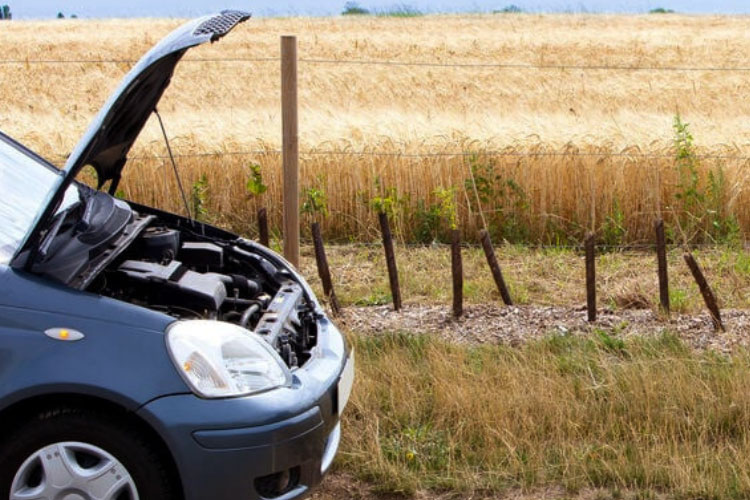Replacing a head gasket may seem like a foolproof solution to an overheating car. But, as many car owners have experienced, the problem may persist even after the replacement.
So why is your car overheating after replacing the head gasket? A number of factors, such as a damaged engine, a faulty thermostat, a clogged radiator, or a malfunctioning water pump, could cause the problem.
We’ll take a closer look at possible causes and provide practical solutions to the overheating issue. Read on for a more detailed discussion.
Quick Overview

Here is a table illustrating the potential causes of overheating after head gasket replacement and potential solutions.
| Problem | Solution |
| Improper Installation of the New Head Gasket | Re-check the head gasket installation by a professional mechanic |
| Serious Engine Damage | Consult with a mechanic to fix the engine damage |
| Blockage in the Cooling System | Inspect and clean the radiator, check for debris in the system, and clogs in the radiator or hoses |
| Damaged or Worn Out Water Pump | Check the water pump for any signs of wear or damage and replace it if necessary |
| Leaking or Malfunctioning Radiator | Inspect the radiator for leaks, clogs, or malfunctioning radiator fan |
| Clogged or Restricted Air Passages | Check the air filter, air intake, and air flow sensor for any clogs or restriction |
| Worn Out or Malfunctioning Thermostat | Replace the thermostat |
Potential Causes of Continued Overheating after Replacing the Head Gasket
When a head gasket is replaced, it is typically done to address an overheating issue. However, if the overheating continues after the replacement, it can be frustrating and may indicate other underlying problems. In this section, we will explore some potential causes of continued overheating.
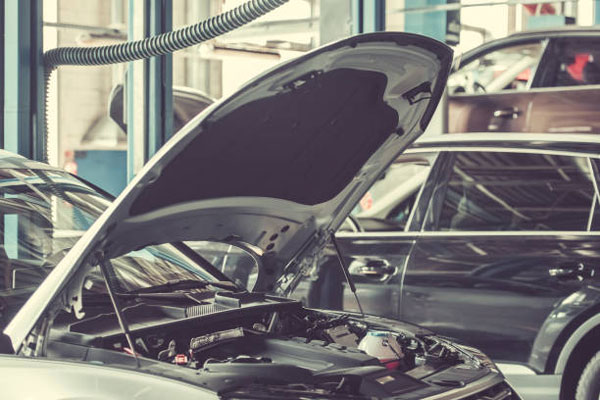
1. Improper Installation of the New Head Gasket
The head gasket is a critical engine component that helps seal the combustion chamber and prevent leaks. If the head gasket is not installed correctly, it can lead to leaks and overheating.
This is because the gasket separates the coolant and oil in the engine. If the gasket is not sealed correctly or tightened, the coolant can mix with the oil, causing the engine to overheat.

2. Serious Engine Damage
Another major cause of continued overheating after replacing the head gasket is severe engine damage. This can occur when the engine has been running at high temperatures for extended periods, causing damage to the internal components.
This damage can include warping the cylinder head or block, damage to the pistons or connecting rods, and damage to the bearings.
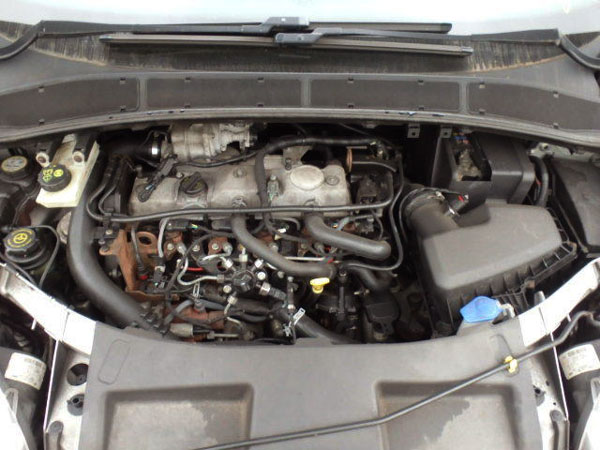
3. Blockage in the Cooling System
The cooling system keeps the engine cool by circulating coolant and dissipating heat through the radiator. If the cooling system is blocked, it can prevent coolant from flowing properly, destroying the engine and causing it to overheat.
This can be due to various factors, including debris in the system and clogs in the radiator or hoses.
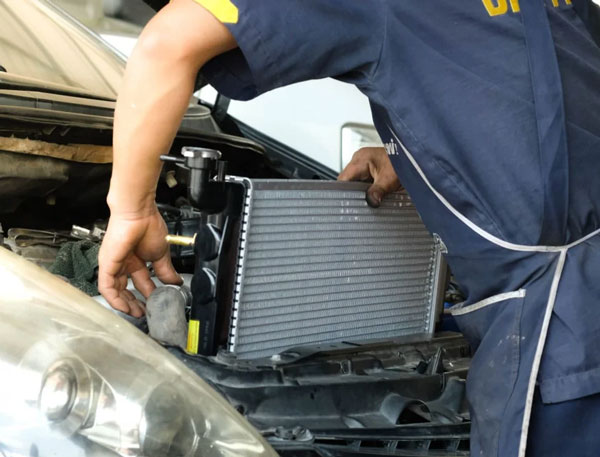
4. Damaged or Worn Out Water Pump
The water pump is responsible for circulating the coolant through the engine and radiator. If the water pump is damaged or worn out, it can prevent coolant from flowing properly, causing the engine to overheat.
This is because the water pump uses a mechanical process to circulate the coolant, so if it is not working correctly, the coolant will not be able to flow through the system.

5. Leaking or Malfunctioning Radiator
The radiator is responsible for dissipating heat from the engine by transferring it to the surrounding air. If the radiator is not operating correctly, it can prevent the engine from dissolving the heat properly, causing it to overheat.
Various factors, including leaks in the radiator, a clogged radiator, or a malfunctioning radiator fan, can cause this.

6. Clogged or Restricted Air Passages
The air passages in the engine are responsible for providing the engine with the air it needs to operate. If the air passages are clogged or restricted, it can prevent the engine from getting the air it needs, causing it to overheat.
Various factors, including debris in the air filter, clogs in the air intake, or a malfunctioning air flow sensor, can cause this.
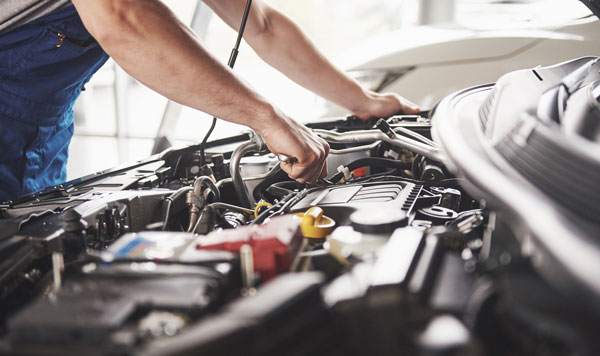
7. Worn Out or Malfunctioning Thermostat
The thermostat regulates the engine’s temperature by controlling coolant flow through the system. If the thermostat is worn out or malfunctioning, it can prevent the engine from getting the coolant it needs, causing it to overheat.
It can be due to a variety of factors, including a malfunctioning thermostat, a clogged thermostat, or a malfunctioning temperature sensor.
Here is a useful YouTube video that provides more information on why a car might still overheat after replacing the head gasket.
How to Fix Overheating After Replacing Head Gasket
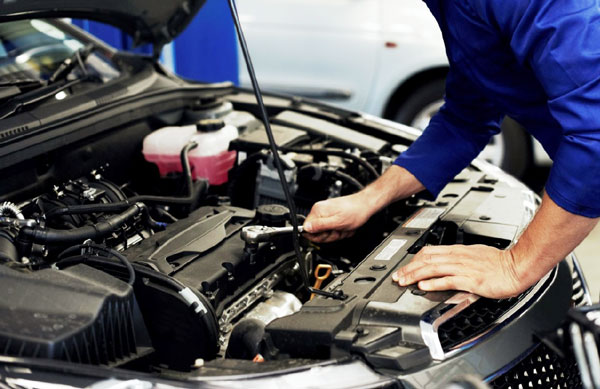
Here are some steps you can take to fix the problem and get your car running smoothly again.
Check for coolant leaks
It’s important to check for any leaks in the cooling system. This can be done by visually inspecting the hoses, clamps, and connections and checking the coolant level in the reservoir.
If you find a leak, it’s essential to repair it before attempting to fix the overheating issue.
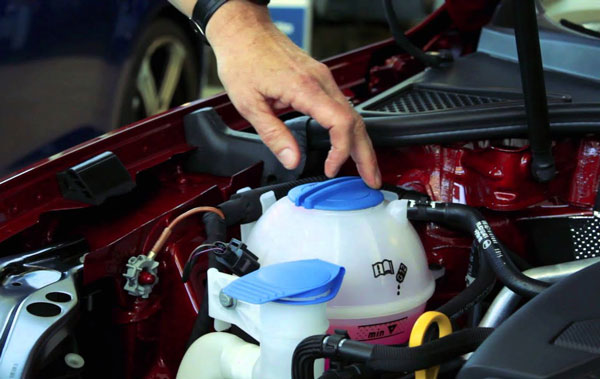
Bleed the cooling system
Air pockets in the cooling system can also cause overheating. To remove these air pockets, you’ll need to bleed the system.
This is typically done by opening the bleed valve on the radiator, allowing the trapped air to escape. Check your vehicle’s owner’s manual for specific instructions on how to bleed the cooling system.
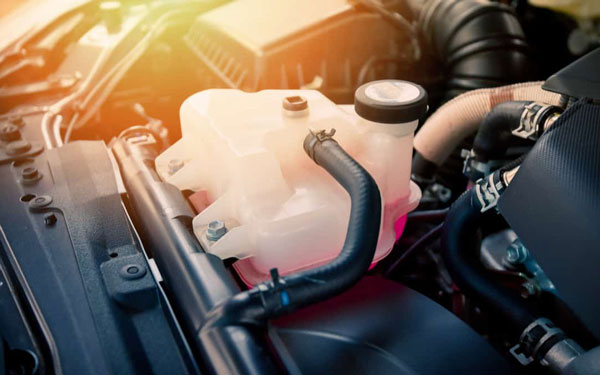
Re-check the head gasket installation
If you’re unsure about the installation, it’s best to have a professional mechanic take a look. They’ll be able to tell you if the gasket was installed correctly and if any other issues need to be addressed.
Inspect and clean the radiator
Check the fins for any damage or debris and clean them if necessary.
Replace the thermostat
If you suspect the thermostat is the problem, have it replaced by a professional.
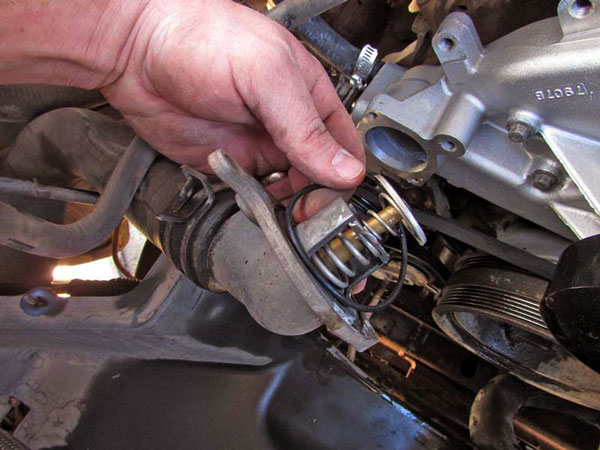
Check the water pump
It’s essential to check the water pump for any signs of wear or damage and replace it if necessary.

FAQs
Here are some of the commonly asked questions.
If your car is still overheating after replacing the head gasket, you should take it to a mechanic for further diagnosis. They will be able to check for other potential problems and ensure that the head gasket was installed correctly.
It is not recommended to drive a car that is overheating, as it can cause severe damage to the engine. It’s best to have the vehicle towed to a mechanic for further diagnosis and repair.
To prevent overheating, it’s important to have regular maintenance and check-ups performed on your car. Additionally, keep an eye on your car’s temperature gauge and immediately address any overheating signs.
Bottom Line
It’s important to remember that the head gasket is just one component of the engine’s cooling system, and other issues may be at play. Some possible causes include a malfunctioning water pump, a clogged radiator, or a failed thermostat. Additionally, it’s important to ensure that the head gasket is installed correctly and that the engine is properly sealed.
If you’re still having trouble with overheating after replacing the head gasket, it may be wise to seek the help of a professional mechanic. They’ll be able to diagnose the problem and recommend the best course of action to get your car running smoothly again.
